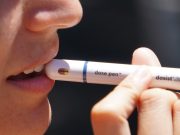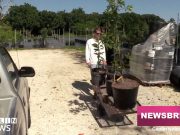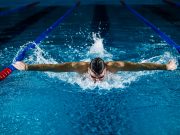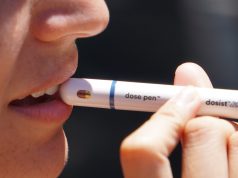As hurricane season continues, the National Oceanic Atmospheric Administration is looking to use drones in hopes of improving forecasts. New uncrewed technology can get data from underwater, on the ocean’s surface and in the air at the same time during a storm.
The Altius 600 drone was deployed for the first time when Hurricane Ian approached Florida’s coast. When deployed from the parent P-3 aircraft, while in a storm, the drone can be controlled from more than 160 miles away.
Capt. William Mowitt, director of NOAA Uncrewed System Operations Center, said, “The Altius was able to fly at about 200 feet. It was clocking winds at over 200 miles per hour, and reporting that in near-real time to the National Hurricane Center.”
An instrument traditionally dropped from hurricane hunter aircraft is also getting a new companion. It is a smaller dropsonde, and experts say it is lighter and will be able to stay in a storm for a longer period of time.
There are also sail drones, which are able to sail directly into a storm and will provide a better understanding of the interaction between air and sea. Below the surface, gliders will gather data on the ocean heat content ahead of the storm.
The goal in 2023 is to get all of the uncrewed systems into a storm at the same time.
































